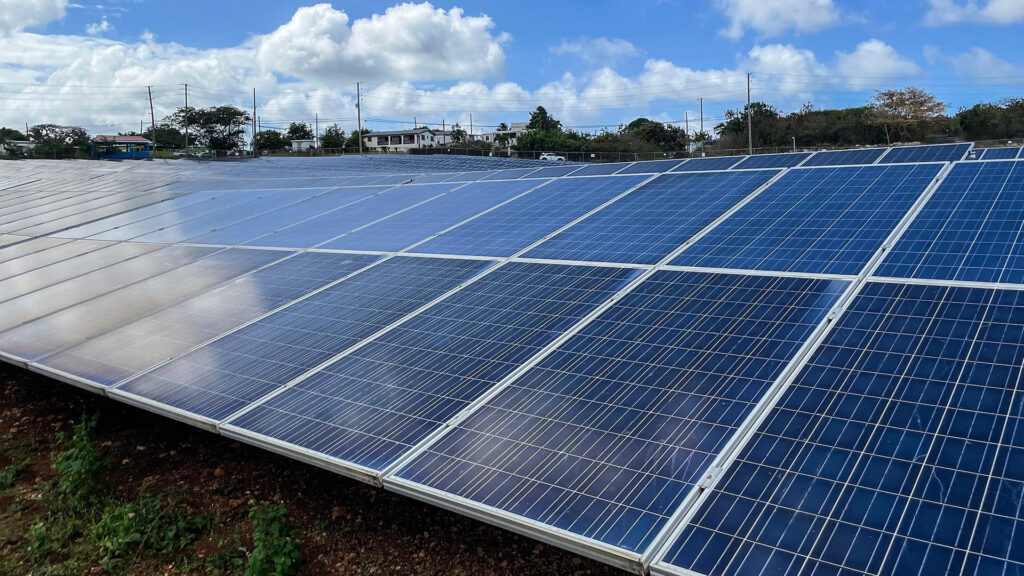A roundup of news items related to climate change and other environmental issues in Florida:
Lakeland approves plans for solar farm near Florida Polytechnic University | The Ledger

Lakeland officials have given the greenlight to what could be one of the largest solar installations in Florida.
The City Commission unanimously approved a conditional use permit to allow for the development of a nearly 1,400-acre solar power generation facility by Williams Acquisitions Holding Company LLC near Florida Polytechnic University.
“We view this as a strategic partnership to provide long-term sustainable power generation to this area for a long time coming,” said Seth Blackwell, of corporate strategic development for Williams Co. “Natural gas will be here for a long time, to offset this with solar and combine these forces together is where we get the long-term sustainability factor.”
Gov. Ron DeSantis funds $100 million of projects to benefit Indian River Lagoon | Treasure Coast Newspapers
Gov. Ron DeSantis announced Monday a combined $100 million was awarded to a suite of projects in the Indian River Lagoon Protection Program created in May. The awards will support 21 projects to improve water quality in the 156-mile long lagoon along Florida’s Atlantic Coast.
In May at the Pelican Yacht Club in Fort Pierce, DeSantis signed House Bill 1379 contained within the state budget. He reinforced the state government’s commitment to protect Florida’s environment including the IRL.
“Florida’s prized waterways draw visitors from across the world and are the foundation of our local economies. We are advancing our efforts to protect the Indian River Lagoon through smart investments that will continue to preserve this waterway,” DeSantis said via press release.
Climate change is killing coral — can AI help protect the reefs? | The Verge
Time is running out to save the world’s coral reefs, so conservationists are turning to every tool they can to protect vanishing reefs — including AI.
In Florida, the race is on to restore reefs by “planting” corals raised by humans. It’s an upward battle as rising ocean temperatures stress already struggling reefs. Tracking the progress is essential but tedious work.
In the past, coral conservationists would have had to physically swim out to reefs to take notes on individual corals they’d planted using a pencil and waxy, waterproof paper. “It can’t scale with the scale of your restoration effort. And eventually, you’ll spend more time monitoring coral restoration than you will actually doing coral restoration,” says Alexander Neufeld, a science program manager at the Coral Restoration Foundation (CRF).
If you have any news items of note that you think we should include in our next roundup, please email The Invading Sea Editor Nathan Crabbe at ncrabbe@fau.edu. Sign up for The Invading Sea newsletter by visiting here.



